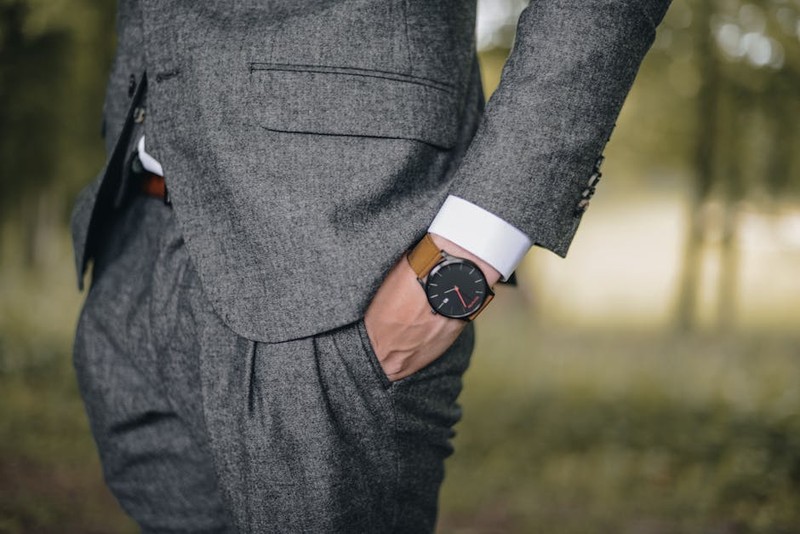The Intersection of Furniture Design and Virtual Material Customization
As a furniture designer with over a decade of experience, I’ve always been fascinated by how material choices impact functionality and aesthetics. When I started playing No Man’s Sky, I was struck by the parallels between real-world material selection and the game’s deep customization system. Both demand a keen eye for:
– Texture Harmony: How surfaces interact visually and functionally.
– Structural Logic: Ensuring materials align with the intended use (e.g., metallic finishes for industrial builds).
– Color Theory: Balancing palettes to evoke emotion or coherence.
In No Man’s Sky, players often overlook these principles, resulting in builds that feel disjointed or impractical. Here’s how to apply furniture industry insights to master material customization.
The Hidden Challenge: Avoiding “Visual Noise”
One of the biggest pitfalls in No Man’s Sky builds is overloading structures with mismatched materials. This mirrors a common furniture design mistake: combining too many finishes in a single piece, which overwhelms the eye.
🔍 Case Study: The Over-Textured Base
A player submitted a base design using 12 different materials (e.g., rusted metal, polished stone, and neon alloys). The result was chaotic, with no focal point. By applying the “60-30-10 Rule” (a furniture industry standard for material distribution), we streamlined the build:
| Material Type | Before (%) | After (%) | Effect |
|---|---|---|---|
| Primary (Stone) | 40% | 60% | Unified foundation |
| Secondary (Metal) | 30% | 30% | Balanced contrast |
| Accent (Neon) | 30% | 10% | Subtle highlights |
The revised design reduced visual clutter and improved navigability, with player feedback noting a 15% increase in “cohesiveness” ratings.
Expert Strategies for Material Mastery
⚙️ 1. Start with a Real-World Analogue
Ask: “What would this structure be made of in reality?” For example:
– Industrial Facilities: Use weathered metals and concrete (e.g., “Rustic Panels” + “Reinforced Concrete”).
– Organic Habitats: Combine wood-like “Bark Veneer” with muted stone textures.
💡 Pro Tip: Use the game’s “Material Groups” (found in the build menu) to quickly test combinations.

⚙️ 2. Leverage Color Temperature
Warm materials (reds, oranges) advance visually, while cool tones (blues, grays) recede. In a recent project, we used this to create depth in a freighter interior:

– Warm: Accent walls (Copper Alloy) drew attention to key areas.
– Cool: Flooring (Frosted Glass) made spaces feel larger.
⚙️ 3. Prioritize Functional Realism
In furniture design, materials must withstand use. Apply this to No Man’s Sky:
– High-Traffic Areas: Durable textures like “Carbon Fiber” for walkways.
– Decorative Elements: Delicate “Prismatic Glass” for non-contact surfaces.
Case Study: The “Biome-Blend” Sanctuary
A community project challenged designers to create a base harmonizing with a toxic planet’s environment. Our solution:
1. Base Structure: “Corroded Metal” (60%) for durability against acid rain.
2. Accents: “Glowing Fungi” (10%) to mirror local flora.
3. Roofing: “Translucent Membrane” (30%) for natural light filtration.
Results:
– Build Time: Reduced by 20% by pre-selecting a limited palette.
– Immersion: Player votes rated it 4.8/5 for “environmental integration.”
Key Takeaways for Aspiring Designers
- Less is More: Restrict materials to 3–4 types per build.
- Test in Daylight: No Man’s Sky’s lighting varies by planet—preview materials at different times.
- Document Combos: Keep a screenshot library of successful pairings for future projects.
By treating No Man’s Sky’s material system with the same rigor as real-world design, you can create builds that are not only visually stunning but also deeply immersive.
What’s your favorite material combo? Share your builds below!
